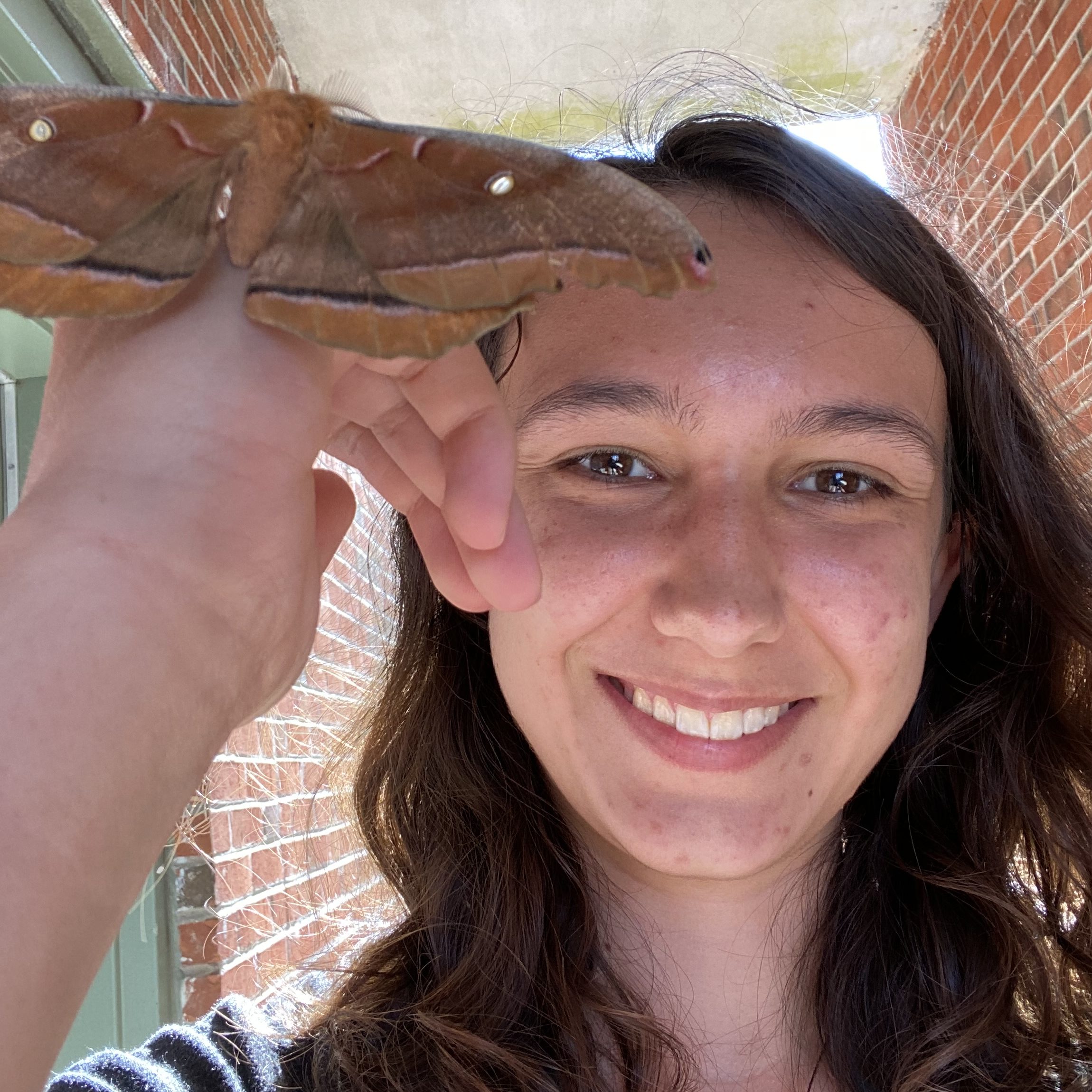
It’s February, and you know what that means – it’s time to talk about arthropods in love.
Dance flies, dipterans of the family Empididae and this week’s featured arthropod, are probably best known for their unique and romantic mating rituals. When dance fly mating season rolls around, male (or in some species female) dance flies swarm together and begin to dance in hopes of wooing the opposite sex. Then the female or male dance flies take to the sky to join the fun, and when two dancing dipterans catch each other’s eye, they join together and drop out of the swarm – literally. They just hug each other and fall out of the sky like cartoon characters who’ve just realized they’re running on air.
Okay, so there is a little more to it than that: dance flies don’t pick their dance partner (plummet partner?) willy-nilly. Males are looking for females with large abdominal sacs, which may signify the number of eggs the female has. Females, on the other hand, are looking for the male carrying the best present. See, apart from memorizing all that dance choreography, male dance flies have to carry a gift of food for the female. These gifts are wrapped in silk balloons, earning these dipterans the nickname “balloon flies.”
Dance flies do not mate for life and actually mate with several different partners during the mating season. To score as many free meals as possible, female dance flies often inflate their abdominal sacs in hopes of wooing more males. While it’s true that dance flies may be a bit more concerned about food than true love, I still think it’s cute that they dance and picnic together.
Interestingly, dance flies of the species Empis snoddyi present empty balloons to their mates. Males of this species with medium-sized balloons tend to be chosen by the most females, as their present isn’t too small to go unnoticed but isn’t large enough to burden them when their mate chases them out of the dance hall.
Oh, yes – Empis snoddyi females chase after males before deciding to mate with them. Maybe they’re testing their flying ability. Maybe they’re trying to play tag. We’ll never know – actually no, we probably will know at some point. Scientists really enjoy studying flies.
Apart from performing amusing dances in the sky, dance flies make pretty great neighbors because they prey on mosquitoes and other pesky insects. On the other hand, some species drink nectar and are invaluable pollinators, especially at high altitudes and in areas devoid of bees. This Valentine’s Day, let your love extend to these important insects, and maybe take their advice and treat your significant other to their favorite meal… just maybe don’t wrap it in fly silk.
